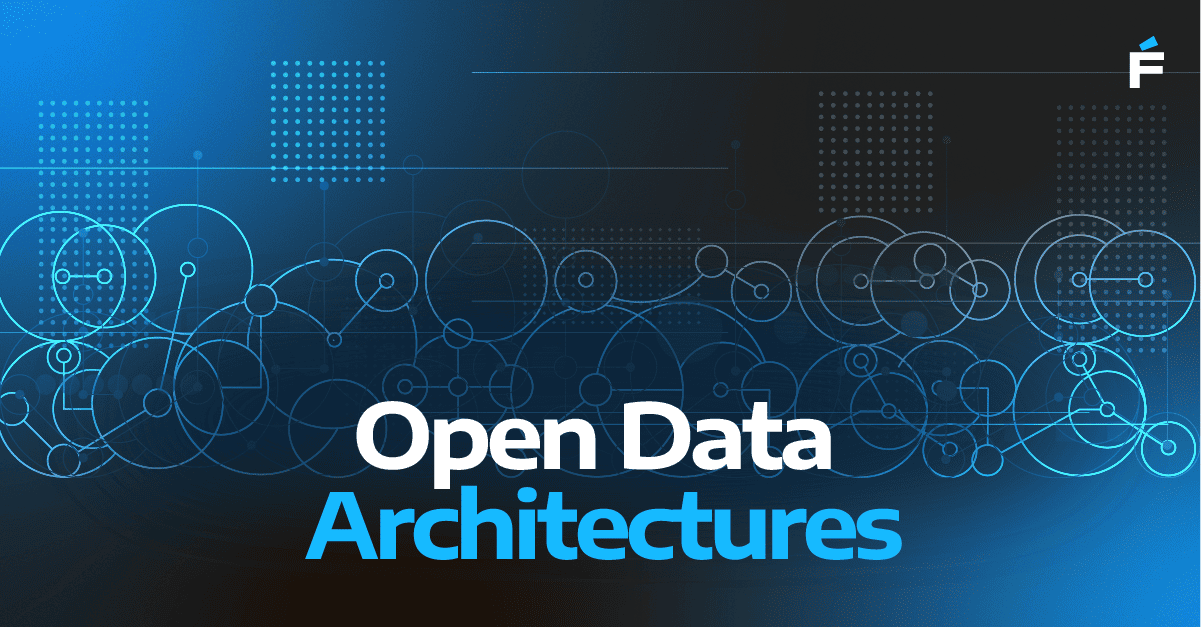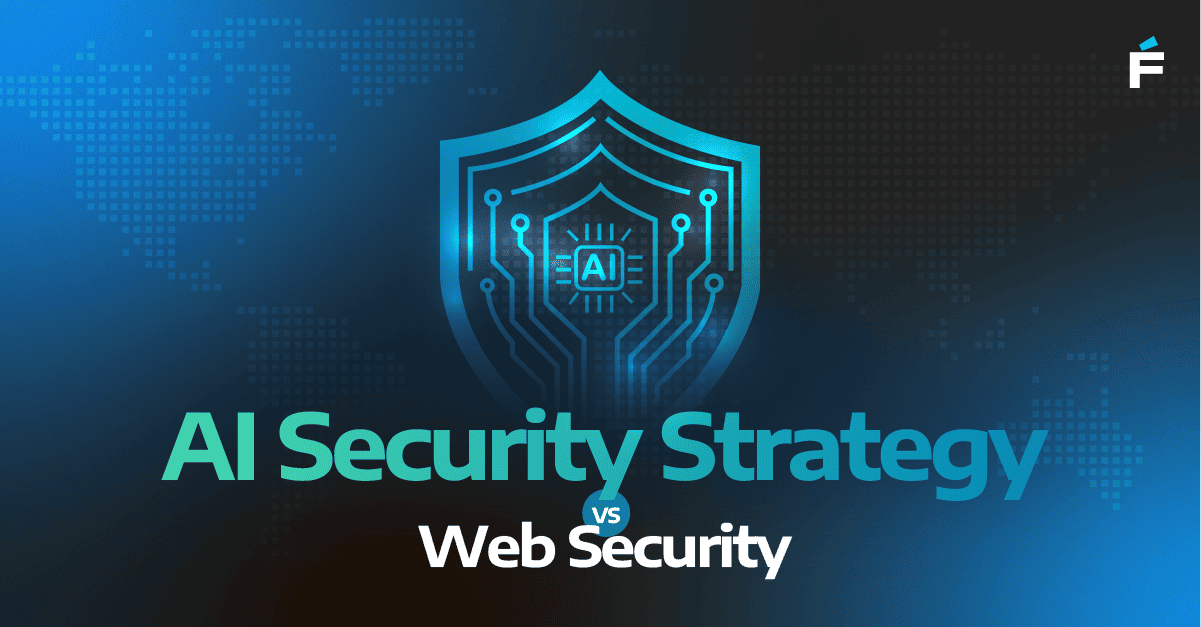Let’s talk about the AI gold rush. Everyone wants to sprinkle AI on their business like it’s magic glitter that will turn spreadsheets into solid gold. But just like in any gold rush, there are two types of people: the ones who get rich selling shovels (read: platforms) and the ones left wondering where it all went wrong.
In this post, I’ll make the case for a deliberate, measured AI implementation strategy. One that begins with discovery, flows into experimentation, and only then scales to production. A strategy that leverages reference architectures and foundational technologies rather than rushing to buy the latest shiny AI platform.
Whether you’re building a customer-facing product, optimizing your internal engineering practices, or streamlining operations, this is the approach that scales. Literally and figuratively.
The 3-Stage AI Implementation Strategy
1. Discovery: Don’t Solve a Problem You Don’t Understand
Before you write a line of code or hook up to OpenAI’s API, you need to understand the problem. Not just what you think the problem is, but what it really is. What’s the business pain point? What’s the opportunity? What’s the data landscape? What constraints exist?
Discovery includes:
- Stakeholder interviews
- Data audits (including privacy & security requirements)
- Feasibility assessments
- Success criteria definition
Basically, it's the "don’t jump into the pool before checking for water" phase.
2. Experimentation: Build Ugly, Learn Fast
Next, you move into quick, low-risk experimentation. Create prototypes. Use Jupyter notebooks. Try out different models and APIs. You’re not aiming for production-ready at this stage, you’re learning.
Goals here:
- Validate feasibility
- Test assumptions
- Explore different approaches (foundation models, fine-tuning, RAG, etc.)
- Identify failure points early
Experimentation is the MVP of AI (Minimum Viable Proof). And if your experiment fails? Even better. Now you know before you've sunk six figures into a platform license.
3. Scale & Optimize: Now You Earn the Badge
Only after a successful experiment should you scale. This is where you:
- Build out pipelines
- Operationalize your models (MLOps, AIOps, DevOps.. Whatever you call it)
- Integrate with real systems
- Monitor for drift, security, performance, hallucination, and cost
By this point, you’re not playing with AI toys… you’re delivering business value.
Why Not Just Buy a Platform?
Good question. AI platforms promise the moon: drag-and-drop interfaces, turnkey integrations, “no-code” promises. And they often deliver… on a very specific use case.
The Problems with Platform-First Approaches:
|
Problem |
Why It Matters |
|
Black Box Security |
You don’t know where or how your data is processed. |
|
Vendor Lock-in |
You’re at their mercy for pricing, updates, and roadmap decisions. |
|
Generic Fit |
Your business problems aren’t generic. So why is your solution? |
|
Stunted Learning |
You don’t build internal expertise when the “magic” is abstracted away. |
|
Overhead |
Platforms often come with more features (and cost) than you need. |
|
Poor Auditability |
Good luck explaining model behavior to your CISO or auditor. |
Buying a platform before you know what problem you’re solving is like hiring a chef before you’ve picked a recipe. Sure, they might be good, but are they the right fit?
Why Foundational Technologies + Reference Architectures Win
Instead of handing over control to a vendor, use open-source tools, cloud-native services, and proven reference architectures to build what you need. This doesn’t mean you reinvent every wheel… It means you choose the right wheels for your terrain.
Advantages:
- Flexibility: Customize to your exact use case
- Scalability: Build for today’s needs, scale for tomorrow’s
- Transparency: You know what’s under the hood
- Portability: Swap components as tech evolves
Think LangChain, HuggingFace, PyTorch, or TensorFlow. Or leveraging cloud-native ML tooling like SageMaker, Vertex AI, or Azure ML, but on your terms, not theirs.
What About the Competition?
Let’s be fair. There are times when a platform is the right call:
- You have zero in-house AI/ML expertise and need to deliver fast
- Your problem is extremely well-defined and matches a platform’s specialty
- You’re solving a commodity problem (e.g. OCR, transcription)
But if you care about long-term capability building, owning your AI stack, controlling what happens to your data, and optimizing for your context? The measured, build-first strategy is how grown-up AI gets done.



.png)

